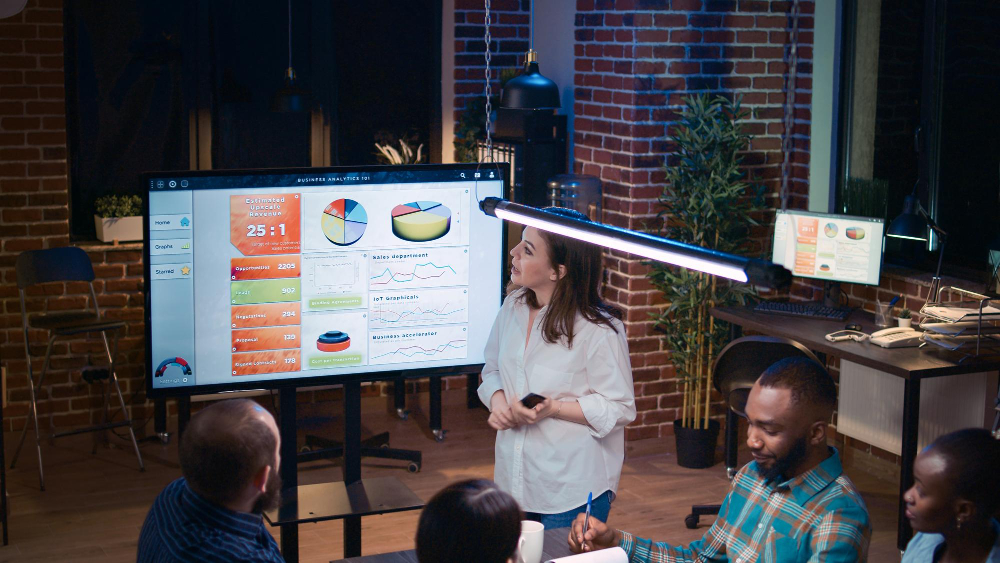Blog
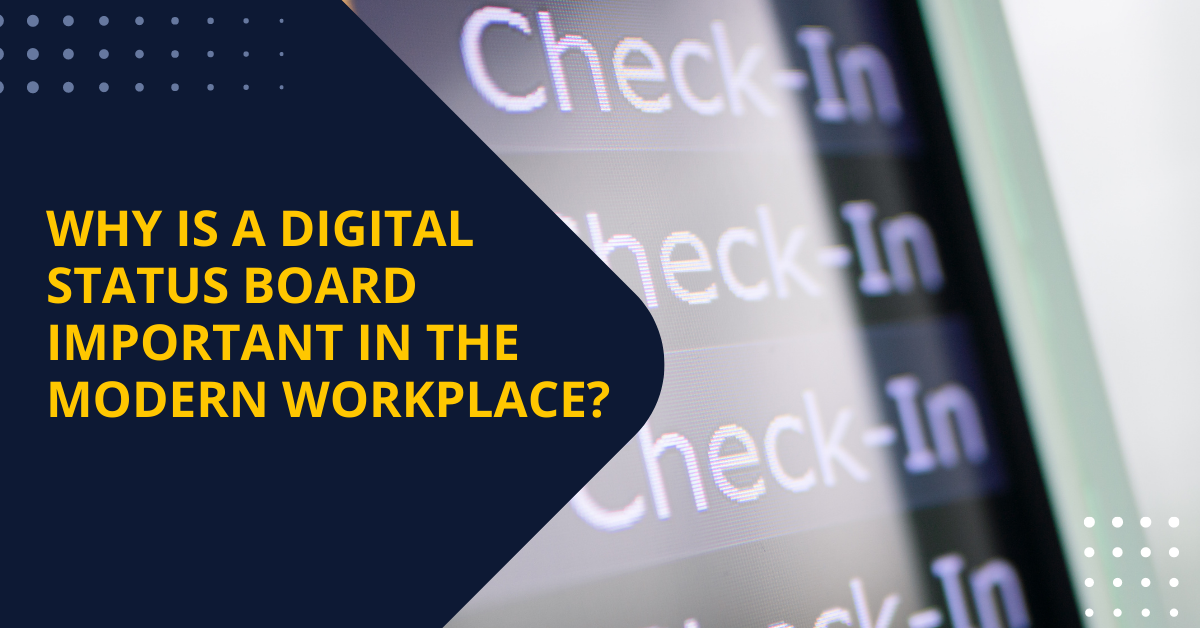
Why is a Digital Status Board Important in the Modern Workplace?
Despite their differences, many work styles today have similarities. Agile, flexible, and hybrid work arrangements all focus on giving employees more leeway and require significant investment in software.
The software can range from tools like a hoteling office space reservation system to cloud-based collaboration tools. The result is that employees have more control over their schedules and hours and are generally more productive.
However, the similarities don’t just end with programs and apps. Today’s modern work arrangements also need hardware support. These can range from RFID passes to visual communication tools like digital signage.
Hybrid vs. Agile vs. Flexible Workplaces: What’s the Difference?
Because of various similarities and overlaps, it can be hard to distinguish between these types of work arrangements. However, it’s important to note that they’re quite distinct. They should also be used to fit the specific needs of any office.
These are the main differences between flexible, agile, and hybrid workplaces:
- Flexible: Flexible working often refers to the arrangements between employee and employer to allow flexible hours. They are fluid and overlap with other types of work styles. They emphasize greater engagement among employees.
- Hybrid: Hybrid working combines in-office and remote work. Employees are often expected to work from multiple locations. As a result, these offices feature fluctuating occupancy rates and office space hoteling software.
- Agile: Agile working emphasizes a dynamic work environment to make work as efficient as possible. Offices often include customizable features to ensure that the space is futureproofed for different types of use.
Why is a Digital Status Board Important in the Modern Workplace?
Traditional group messaging strategies often center on the use of bulletin boards in a central location. However, bulletin boards have their downsides. For example, notices can get lost, and important messages are easily missed.
Digital signage is a massive improvement for companies today. It’s a great support tool for programs like office space hoteling software for showing occupancy statuses across different rooms.
Aside from that, here are a few reasons why it matters so much for the modern office:
1. Higher Visibility
Employees in healthcare services, construction, or manufacturing plants aren’t always able to receive information immediately. Time-sensitive information can be delivered instead in real-time via a digital status board to prevent delays.
Digital display boards do away with employees needing to check their mobile devices or computers for notifications. They can be more significant and more easily seen than bulletin boards. This is especially true under dim lighting.
2. Better Connection For Frontline Teams
Digital signage is one of the many tools frontline teams need to ensure workplace safety. Because digital signage can be placed anywhere from a visible location, it is the best tool for immediate company alerts and updates.
Administrative staff can relay these messages on the display with the push of a button. This not only saves time from having to disseminate messages via memo but also allows frontline teams to adapt quickly.
3. Increased Collaboration Among Employees
Employees are more likely to collaborate successfully when they can read and discuss information simultaneously. An electronic status board is great not just for presenting information, but also for disseminating essential announcements.
Since administrative staff can show updates, notifications, and important announcements in real time, employees can respond quickly to changes. Collaboration between different departments becomes easier as a result.
4. Preventing Double-Booking and Reservation Issues
One of the more basic functions of digital signage is for room reservations. Management can reduce incidents like double booking by showing the occupancy status of different rooms and workstations.
Many companies use digital signage alongside programs like office hoteling software to supplement agile and hybrid work arrangements. When employees need fixed workstations less, there comes more need for efficient space booking.
How Does Hoteling Software Improve Your Office’s Daily Operations?
Many regular operations and processes include writing down or updating reservations for meeting rooms. However, traditional methods are slow and more prone to error.
Most offices today use hoteling software, which works with tools like a digital status board or radio sensors. They are faster, more convenient, and more effective in ensuring a more productive workplace.
Here’s how hoteling software can improve the daily operations in any given office:
- Ensured desk availability: With more offices shrinking their space, employees may be less likely to find a desk. Hoteling software updates occupancy statuses in real time, ensuring that there is an available desk for everyone.
- Flexibility: Flexibility is a crucial requirement for many offices today. Hoteling allows employees to choose the space that makes them more productive. It also allows teams to collaborate more easily.
- Increased savings: An efficient hoteling office space reservation system can help businesses manage overhead costs better. They utilize space more efficiently and increase their savings by optimizing any idle spaces in the office.
- Improved health and safety: Assigned desks and dedicated workspaces can get cluttered and become difficult to sanitize regularly. Office hoteling software helps ensure that employees take their items with them after they use the space.
The Bottom Line
Whether any business adopts an agile, hybrid, or flexible work arrangement for its employees, hardware and software support matters. To this end, digital signage is crucial for relaying information, especially when paired with a hoteling office space reservation system.
If you’re still looking for which office hoteling system to get started with, look no further. Book your first demo with us today – we’d love



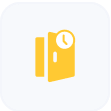

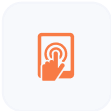
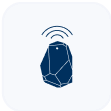
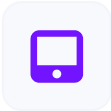
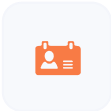
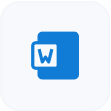


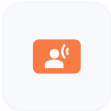


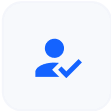



































 Support
Support  Demo
Demo  Blog
Blog 

